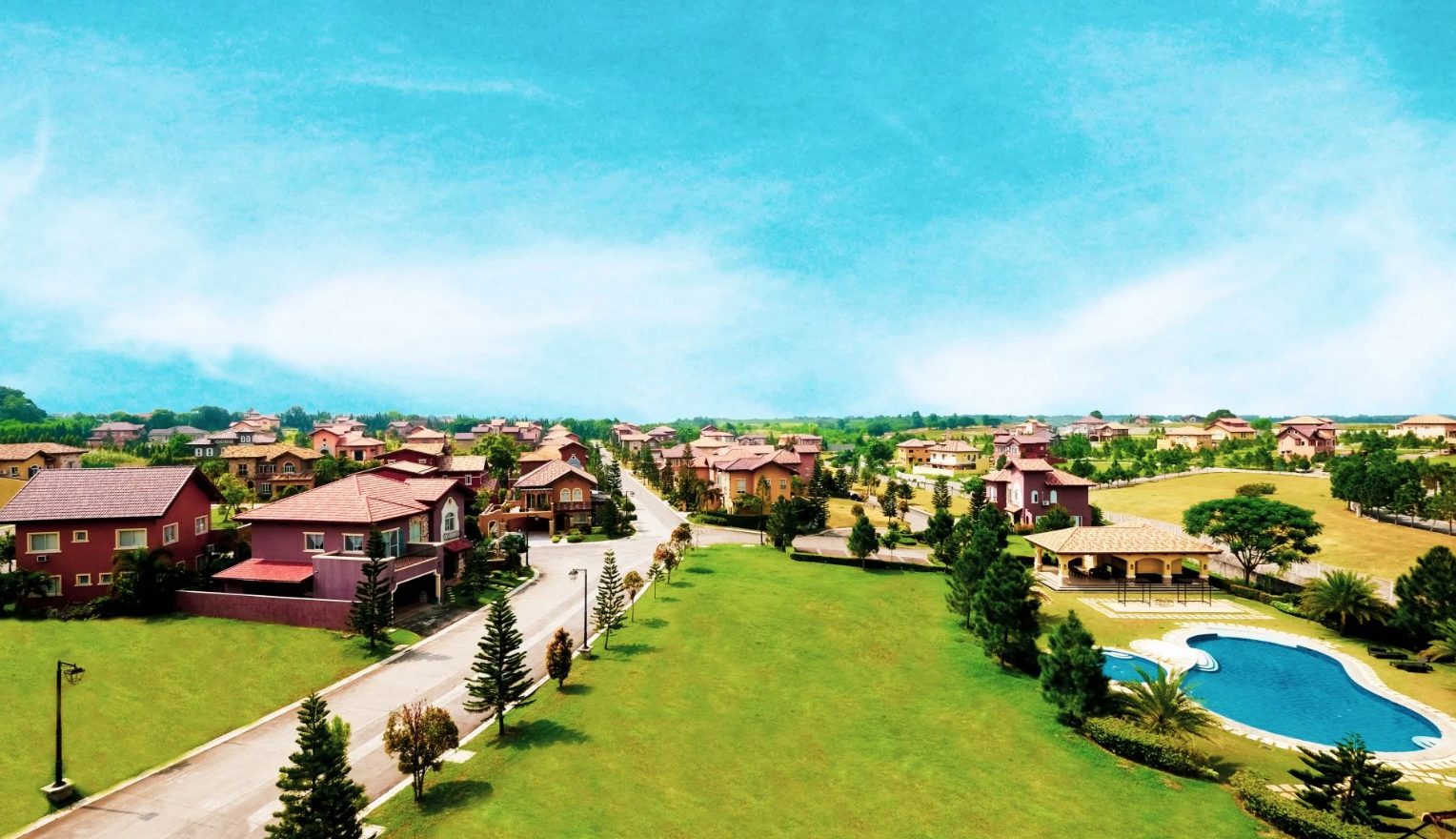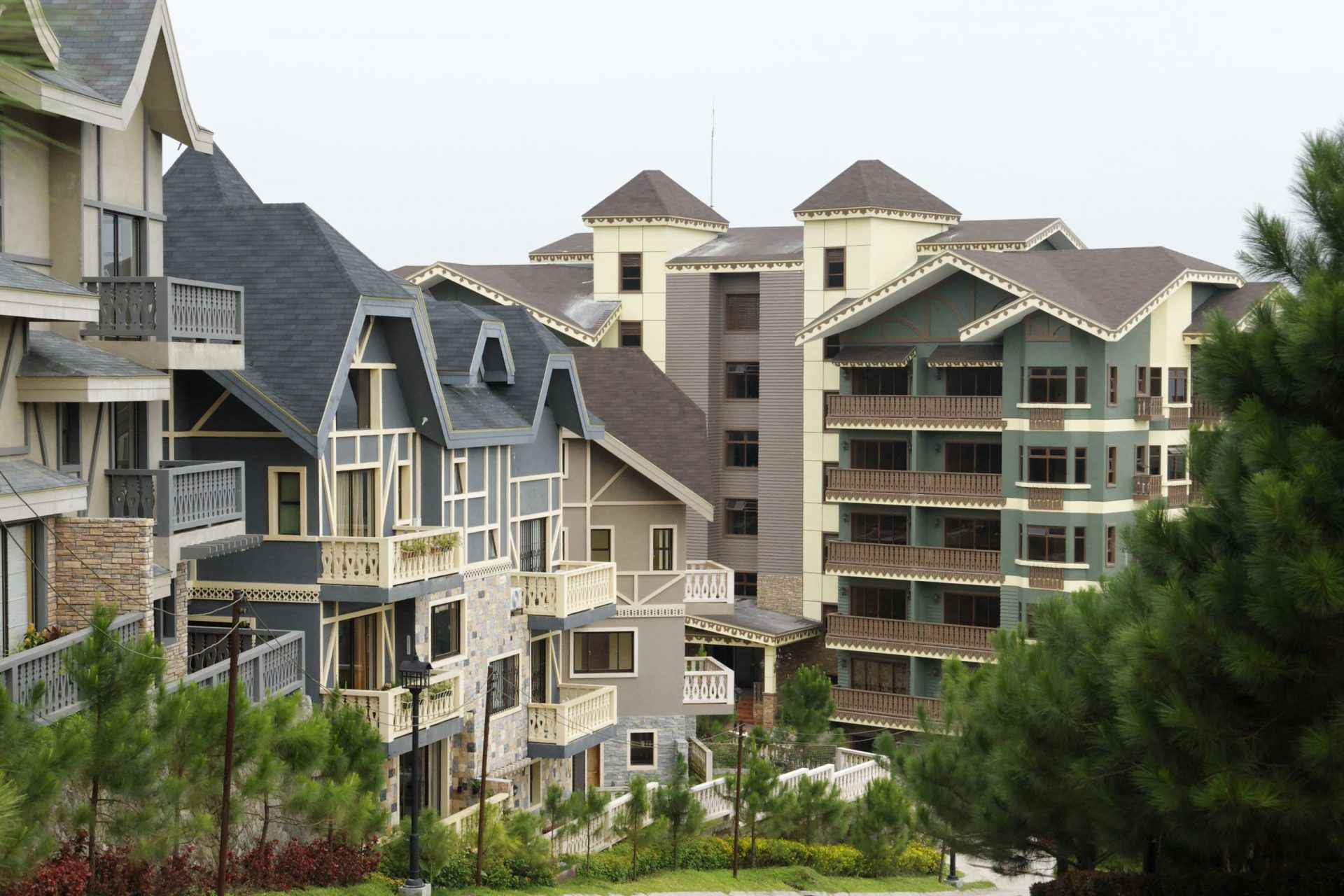BLOGS
Stormwater Management In Your Luxury Home
During a rainstorm or when snow melts, rainwater flows off the ground and carries contaminants through the streets, walkways, yards, parking lots, and fields of urban areas.
The purpose of the stormwater system is to divert precipitation away from populated areas and towards more remote places via storm drains (also known as catch basins), pipes, and outfalls.
Because this system is independent, its water does not go through the wastewater treatment facility.
Pollutants in stormwater runoff are often concentrated to dangerously high levels, threatening aquatic ecosystems, fish and wildlife habitats, and even aesthetic values.
What is Stormwater Management?
The United States Environmental Protection Agency defines stormwater management as “the process of minimizing the discharge of rainwater and snowmelt into streets, lawns, and other locations while simultaneously enhancing water quality.”
Rainwater that seeps into the ground is filtered before it enters underground water supplies or is released into rivers and streams.
Yet when it rains heavily, the already-saturated earth produces even more water, which flows throughout the surface and even into storm drains and road ditches.
Chemicals, debris, pathogens, eroded soil, as well as other pollutants are often carried by this water and eventually end up in river, lakes, and wetlands.
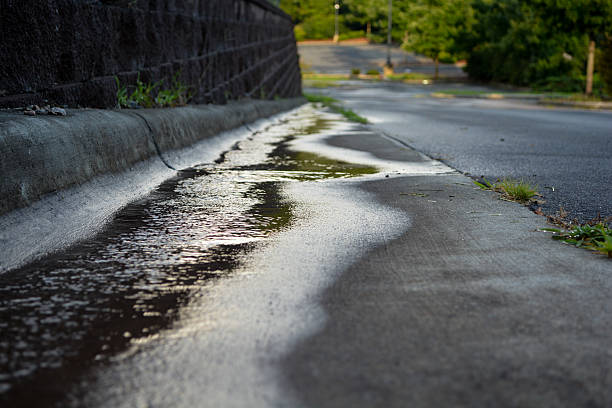
What is the big deal about stormwater?
Erosion and flooding
Your home and others around could be at risk of flooding if the storm drains in your region become clogged or overwhelmed.
Erosion and water damage to buildings can be caused by too much rain.
The Expensive Cost
Expenses to manage storm water are high.
Several millions of dollars are needed each year to run and maintain city stormwater networks.
The stormwater infrastructure is being expanded and improved at a cost of millions more.
The cost of this service is included in your monthly water bill.
You will save money in the long term if you do everything you can to keep stormwater on your property and keep it from running off.
Major Pollution
The majority of New Zealand does not treat its stormwater before discharging it. So, there are multiple causes for concern regarding current stormwater management practices.
Underground pipelines carry the storm water from your property to nearby waterways and eventually the ocean. What you flush down the toilet has consequences.
The water from a storm is not clean. It gathers up trash, oil, sediment, animal feces, chemical fertilizer for plants, and other impurities as it travels to its final destination.
Paint, detergents, and other household chemicals that find their way into storm drains can pose a threat.
These pollutants are quite dangerous.
Plant nutrients at unsafe concentrations in water can be lethal to aquatic organisms.
Phytoplankton blooms, brought on by an increase in nutrients, can result in the production of biotoxins that harm shellfish and render them dangerous to eat.
Also, stormwater can enter the sewage system if drains are clogged or overflow.
This can cause sewage to back up into storm drains and eventually make its way into bodies of water like the ocean, a river, or even a neighborhood.
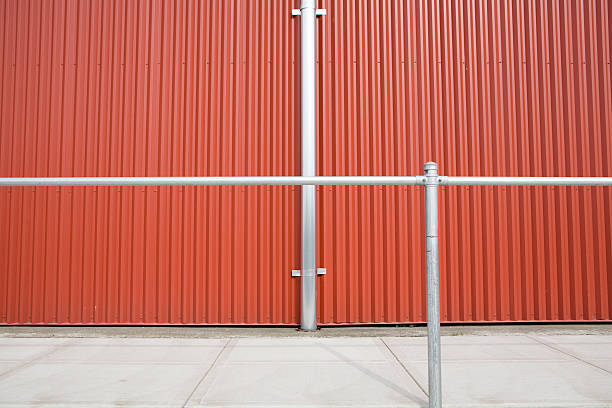
Here are Some Ways To Manage Stormwater:
Downspout Disconnect/Redirect
If your downspouts are currently connected to the storm drain system or are directing water onto a concrete or paved surface, consider disconnecting them or rerouting them to a lawn or garden.
Several municipalities have even established laws mandating the use of such systems.
To prevent water from seeping into the basement, ensure all downspouts lead away from buildings.
Use the Right Materials for a Long-Lasting Roof
Your roof collects rainfall, which then runs down the shingles and into the gutters, into the driveway, and ultimately into the sewer.
Copper, lead and even phthalates can be leached from roofing screws and washers onto asphalt shingle roofs and then into nearby water sources.
When it is the time to change your roof, think about going with one of these eco-friendly replacement choices.
This would have the double benefit of reducing the amount of chemicals washing into storm drains and opening the door to tinkering with rainwater harvesting devices in your own backyard.
Place some Rain Barrels
Rain barrels collect rainwater and store it for later use or delayed release to gardens.
If you want to use rain barrels to reduce stormwater runoff, you should have a use in mind for the collected water before you set them up.
Rain Gardens
When it comes to dealing with stormwater on your home, a rain garden is among your best bets.
A rain garden is a garden with a bowl shape, designed to collect and store rainfall until it can be absorbed by the soil.
DIY rain gardens are possible, but a professional landscaper may be the better choice.
Plant Trees
Reducing the amount of stormwater runoff by planting trees.
Tree planting beside a stream on your land can be one of the best things you can do to improve water quality and to stop the stream from eroding your land.
More trees are always preferable, but a forest width of 35 feet is a good minimum.
Do not mow your lawn right up towards the streambank, at the very least. Give the grass a chance to take hold.
Meadows can be a good option as well
Substitute other kinds of vegetation for trees if you can’t have any on your site.
You can improve your property’s stormwater management by replacing the lawn with flowers, shrubs, and, ornamental grasses wherever possible.
The land’s capacity to absorb water is improved by meadows of any size.
Putting meadows in the areas that are the most challenging to mow is a terrific method to cut down on the time spent mowing the grass.
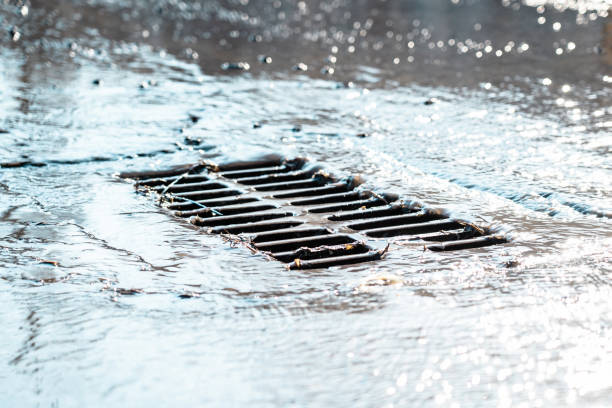
Keep away from Lawn Chemicals
Heavy quantities of herbicides, insecticides, and fertilizers will be washed away by rainfall after a strong storm, despite the fact that most residents want a lush, green yard.
Pets and kids should stay away from these chemicals because of the risk they pose to their health.
Compost can be used as a top dressing for your grass instead of chemical fertilizers.
Your grass will benefit from these non-harmful nutrients.
It will also boost the health of your soil, making your grass more resistant to weeds and frequent lawn illnesses.
In Forresta, you do not have to worry about the greens that would help you when it comes to stormwater management.
Nestled in the sprawling Villar Land in Daang Hari, Alabang, lies Forresta, a 19-hectare residential paradise that bears the distinguished brand of Brittany Corporation. This development pledges to offer a distinctive living experience that exudes exclusivity at every turn.
With its invigorating recreational amenities and remarkable features, Forresta has attracted a young cohort of innovative and forward-thinking family starters seeking a laid-back lifestyle amidst the hustle and bustle of urban living.
Suggested Read: National Building Code: Everything You Need To Know
Suggested Read: Make Fantasy Rooms With Awesome Photo Murals
Suggested Read: Gutters And Downspouts For Luxury Home Guide
Suggested Read: A Life Well Lived: Best Ways To Live In Tagaytay
Suggested Read: Father’s Day: The Builders Of Our Future







